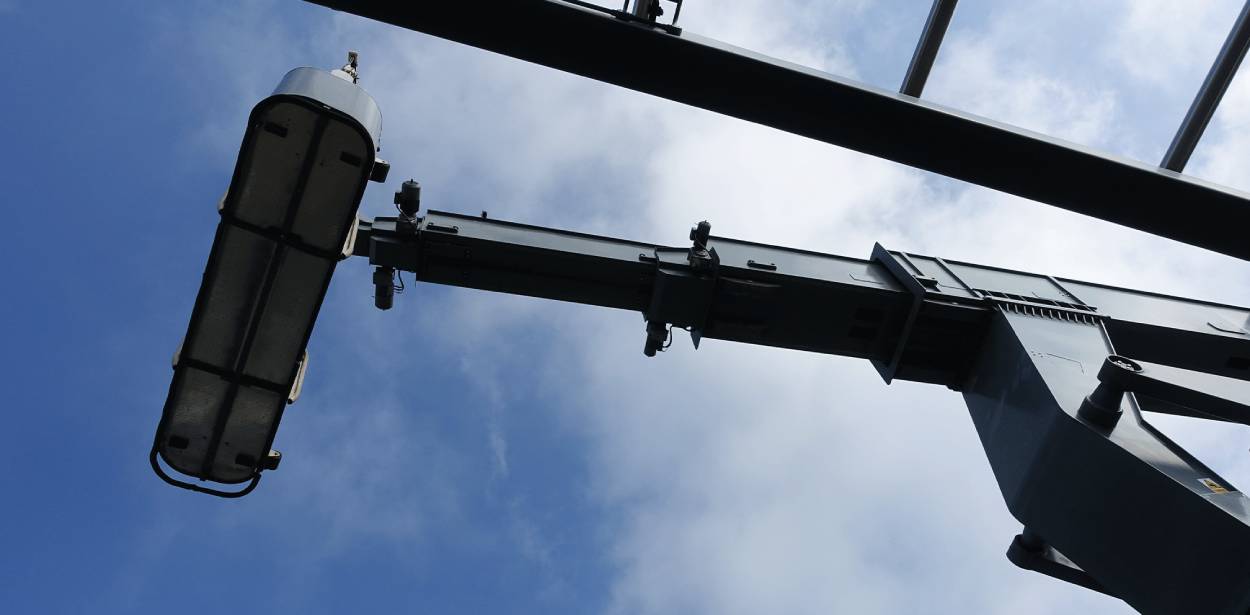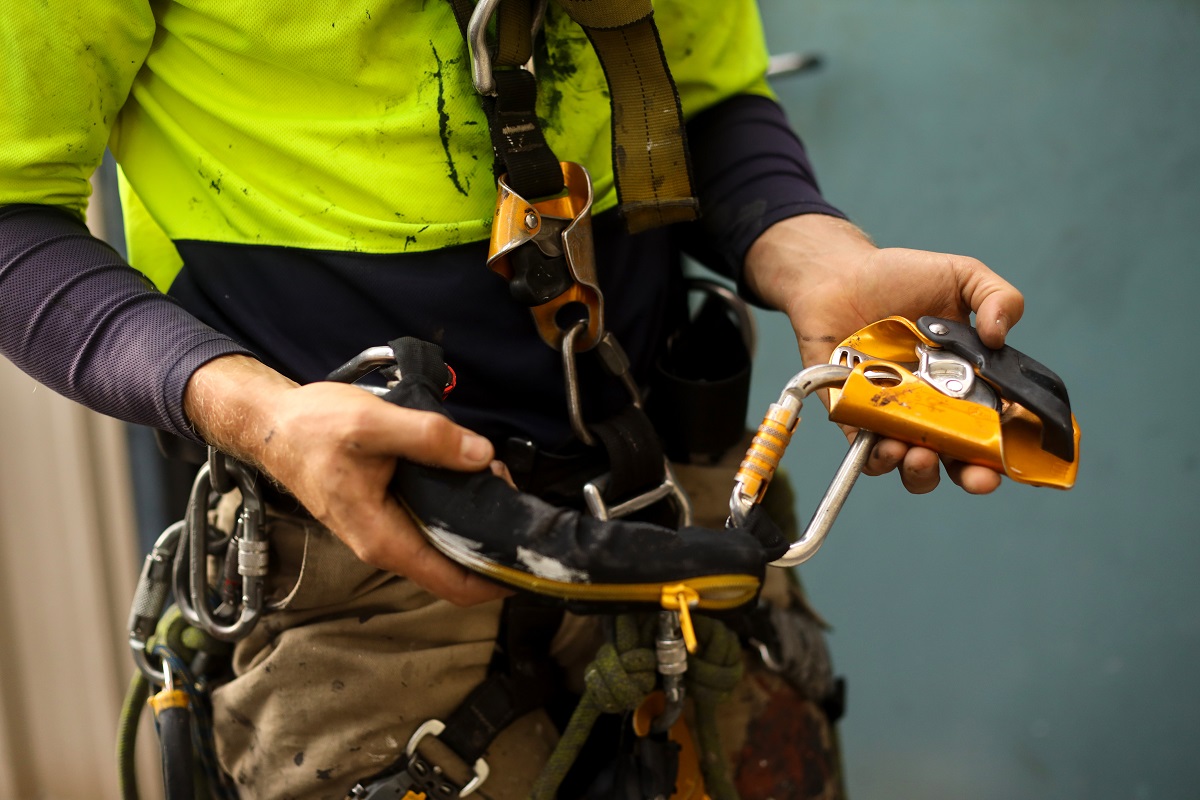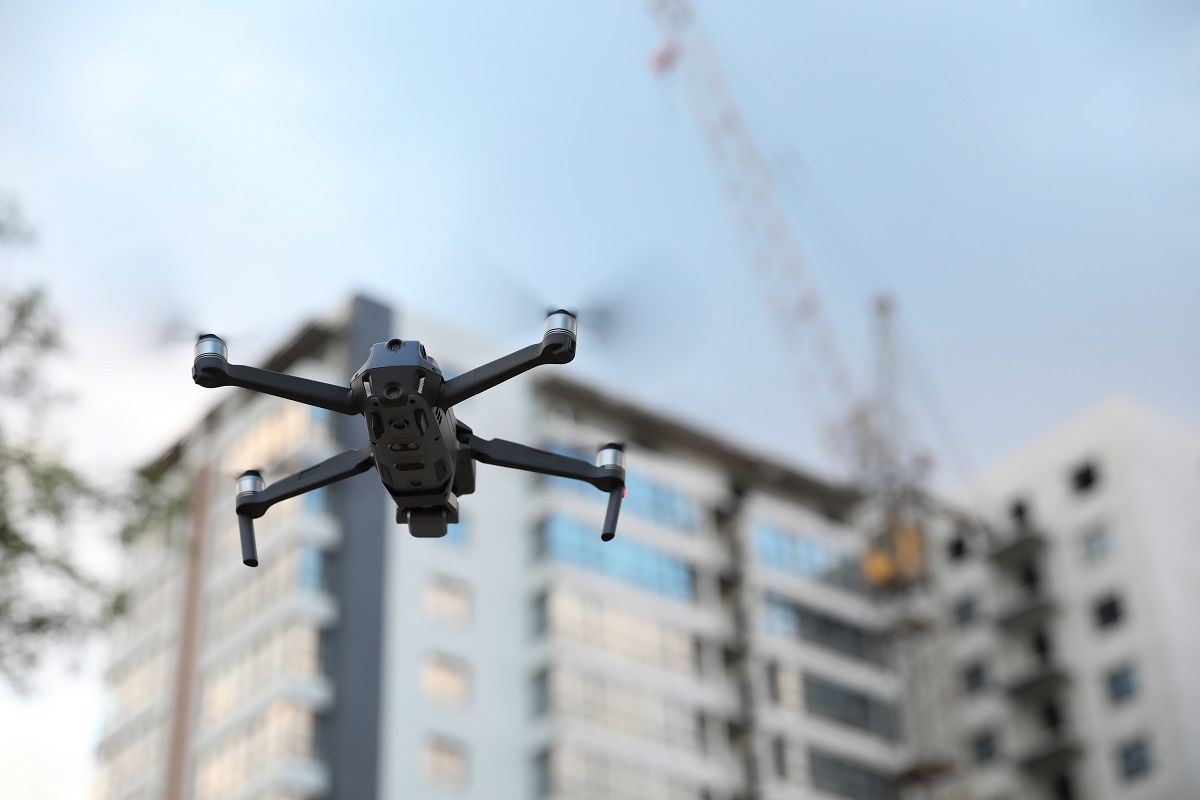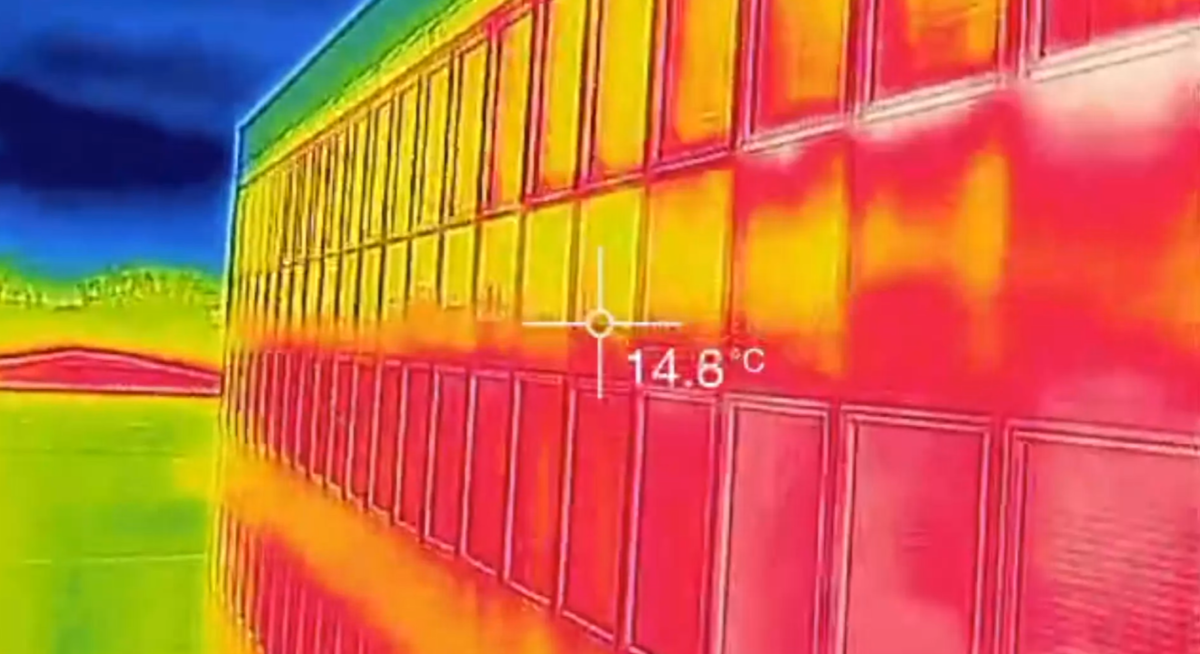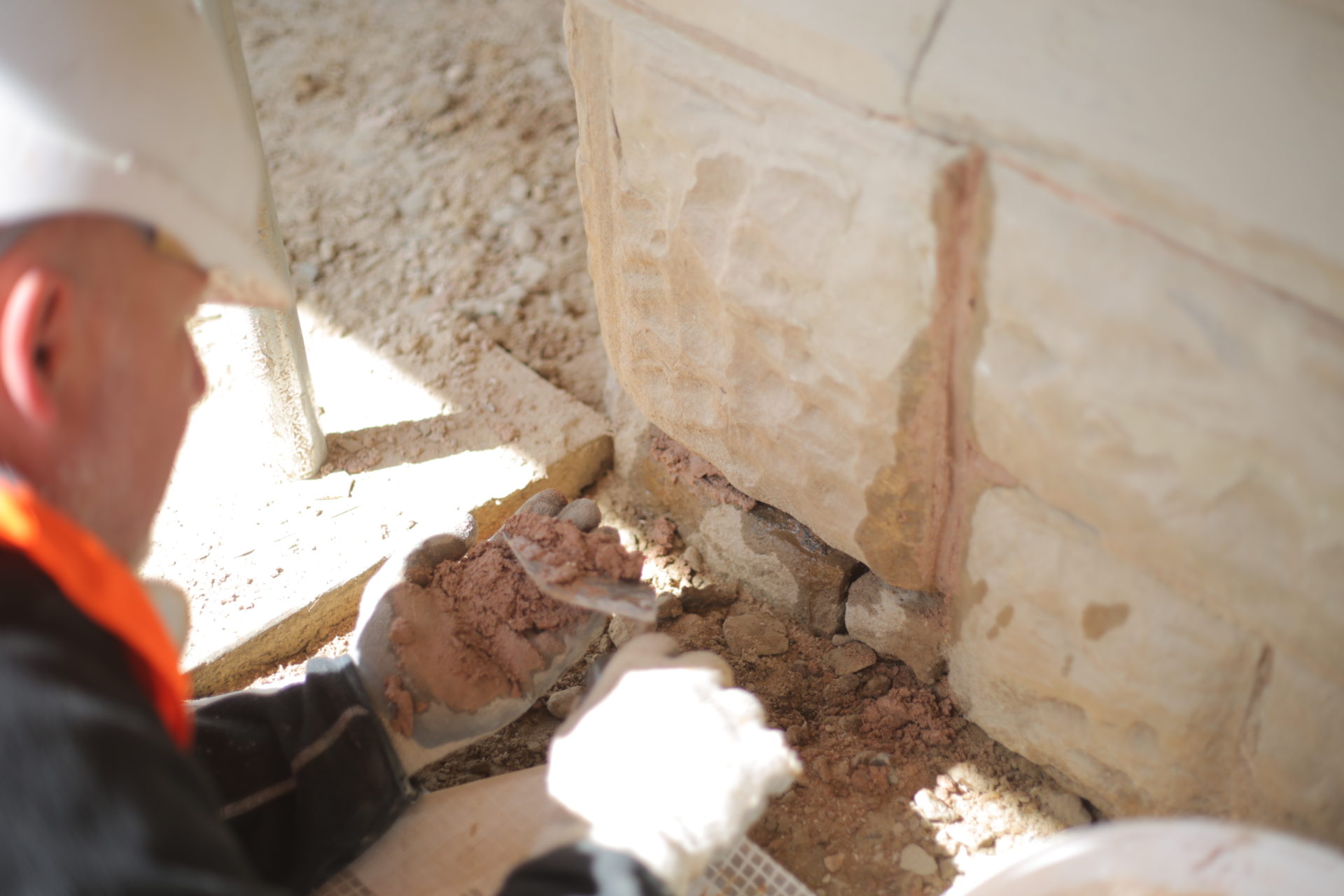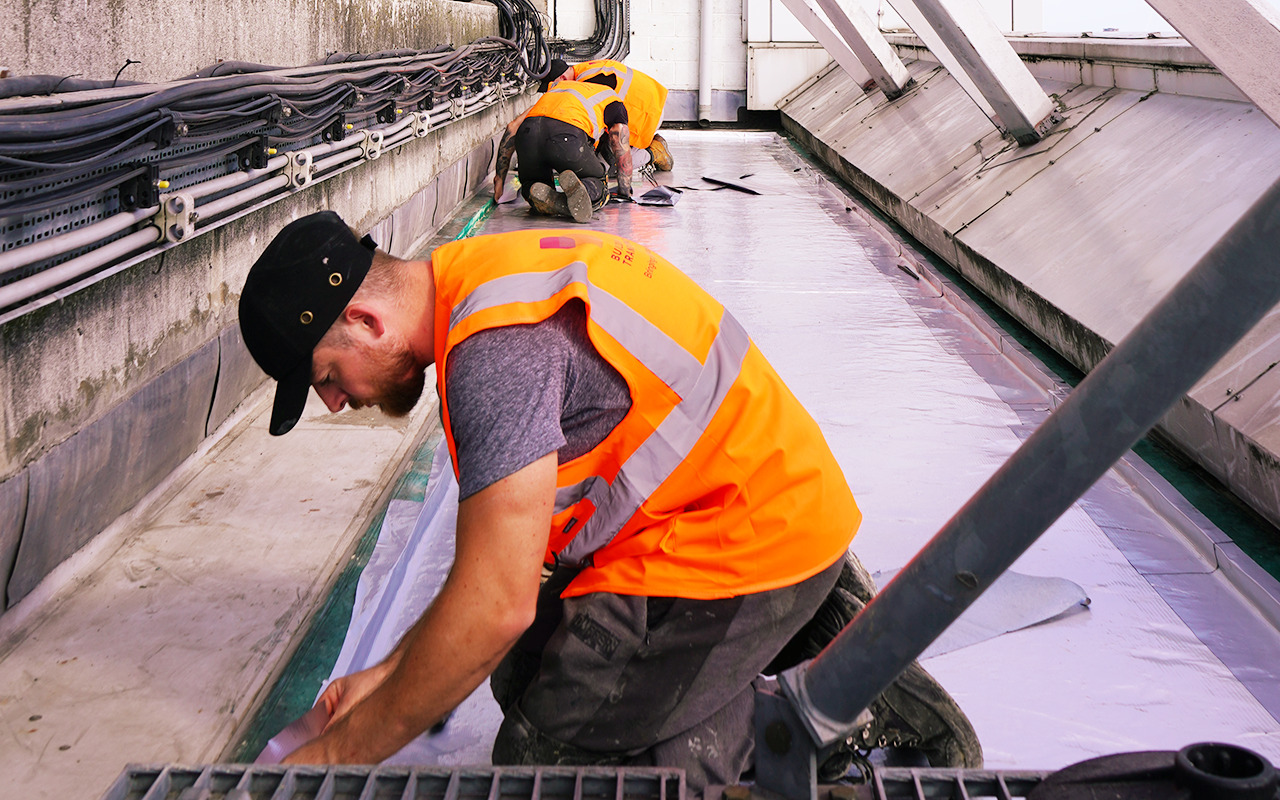Work at height poses many dangers that must be addressed for personnel to be able to work safely and effectively on façade or roof repair, restoration, or maintenance projects. Examples of when Work at Height Regulations apply include abseiling down a building, working on a rooftop, or using a mobile elevated work platform such as a cherry picker or scissor lift. High levels of risk associated with working at height means that both employers and clients must take necessary steps to ensure appropriate levels of safety for employees and the public.
The Work at Height Regulations (2005), as outlined by the Health and Safety Executive (HSE), is designed to reduce the risk of workplace injury. Work at Heights legislation applies to all sectors and organisations have a legal requirement to follow the legislation.
Most fatal accidents in and around the workplace occur due to falls from height. HSE recorded 29 fatal injuries related to work at height from 2019 to 2020. Accidents related to working at heights can be prevented by risk management, equipment, and close supervision. While accidents can occur, pre-determined risk management and well-maintained safety protocols can reduce or eliminate risk in some instances.
Why would you need to work at height?
During a renovation, construction or maintenance project on a building, there are times when working at height is inevitable.
Projects requiring high-level maintenance, leak investigations, roof surveys, waterproofing, and silicone coating are typical examples where working at height regulations must be considered. Façade refurbishment is another common project where workers will need to take safety seriously to prevent the risk of injury.
However, if there is no other alternative, high access solution must be used. The Work at Height Regulations (2005) provide the legal framework for organisations to follow. Three of the key aspects of the regulations are discussed below.
Risk assessment
Eliminating risk is key to safe project management when working at height. The recommended method to achieve this is to conduct a risk assessment. Although some tasks will be lower risk than others, a risk assessment ensures any pitfalls are minimised. Factors to consider include wind speed, potential hazards like falling objects, risk from falls, and plans to follow in the event things go wrong.
Safe equipment
Employees must use safety gear like hard hats, gloves, and work boots. It goes without saying, but equipment must be in good working order and checked regularly. Equipment must also meet all the required standards or else cannot be used. It is important to ensure equipment is checked, serviced regularly and fully licensed. Lifting equipment like a cherry picker requires employee certification to operate and keep in safe working order.
Competent supervision
Having a qualified person in charge of a project is necessary to ensure adequate supervision of workers. Employees must be trained in how to work at height safely, plus have any other relevant training, such as rope access or MEWP training. The penalties and legal repercussions for organisations that fail to follow working at height regulations can be severe, especially if significant injuries occur. This is why supervision is vital alongside other working at height safety measures.
Summary
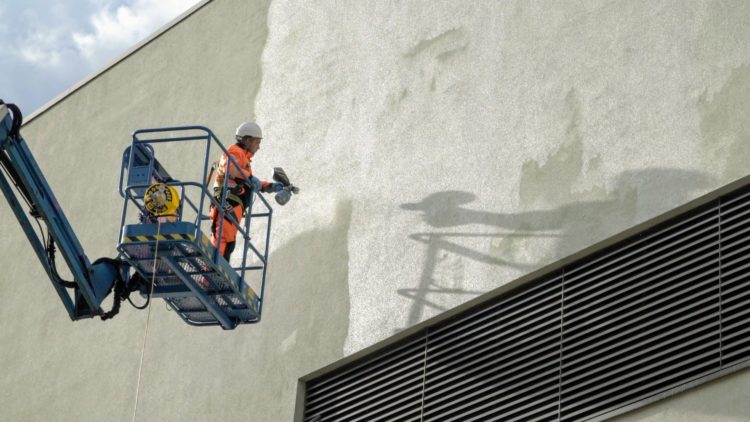
During construction, maintenance, and facilities services projects, working at height is sometimes necessary. Although there are various risks associated with such practices, these can be minimised through careful risk management and safety procedures. Competent organisations will always undertake a detailed risk assessment, provide the necessary equipment, and have well-trained employees.
That is why we pride ourselves on our excellent working at heights procedures. If you are looking for a specialist access solution to inspect, survey, repair, fix, stabilise or clean sections of a tall or challenging to access building fabric, call us today to discover how we can help you.

